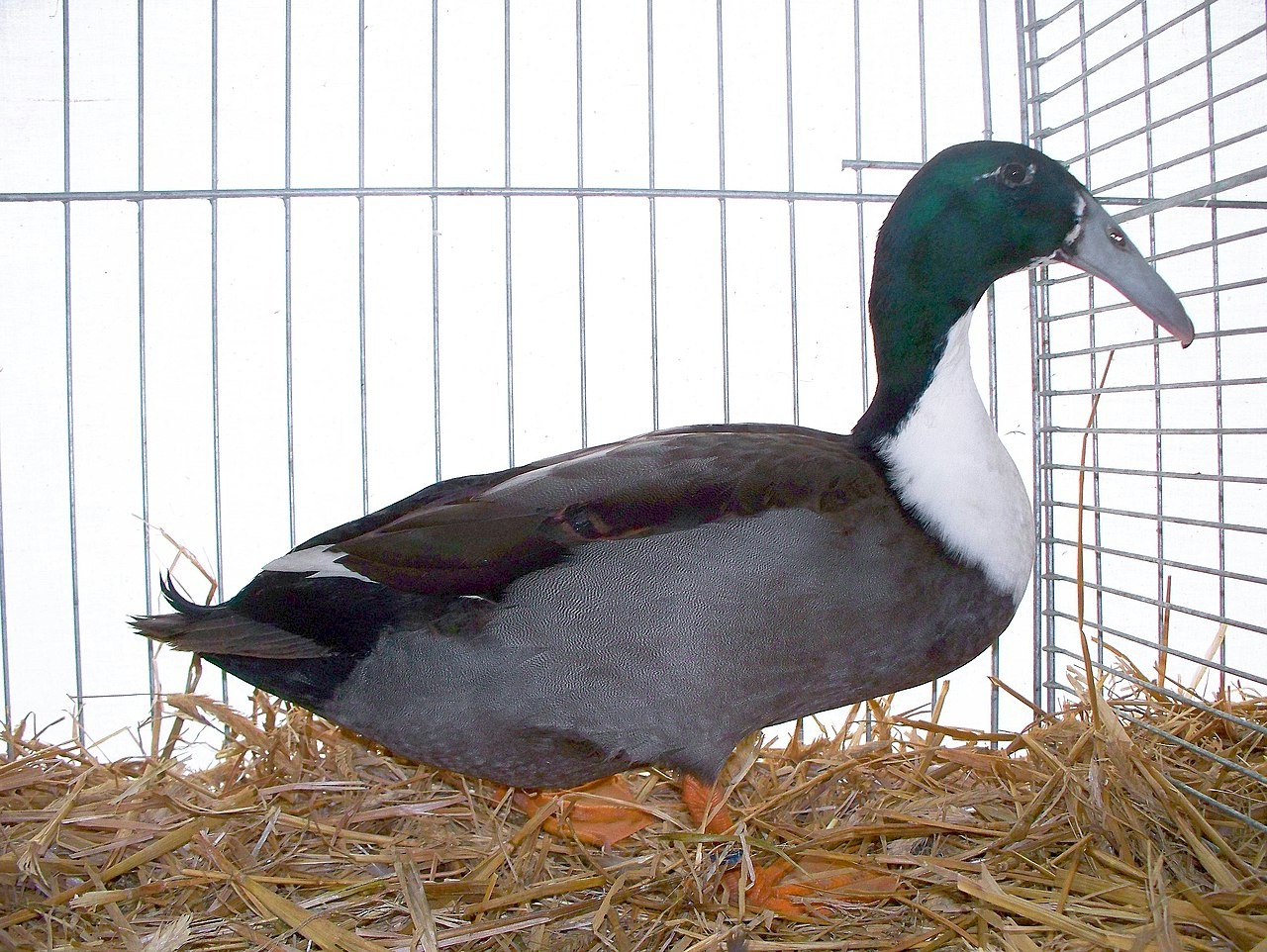Duck Breeds
 |
| Photo Source: Wikipedia.org |
The Dutch Hookbill, also known as the Hook Bill, is a unique breed of domestic duck recognized by its distinct downward-curved beak. This breed has a long history, dating back to the 17th century. Despite some speculation, there is no evidence to support the idea that it originated in Asia or has any connection to the Indian Runner duck.
The Hook Bill can be kept for both ornamental purposes and for showing in exhibitions. Additionally, it is a productive layer, with the ability to lay between 100 to 225 white or greenish-blue eggs per year.
In terms of appearance, the Hook Bill is a relatively light breed of duck, weighing around 2 kilograms on average. There are three recognized color variants in France, the Netherlands, and the United Kingdom: the dusky mallard, with a black head and rump and a gray body, the white-bibbed dusky mallard, which has a white chest-bib, and the white, which has pure white plumage and bright orange legs. The Entente Européenne recognizes 17 additional colors for Germany, but they are not recognized by the European standard.

